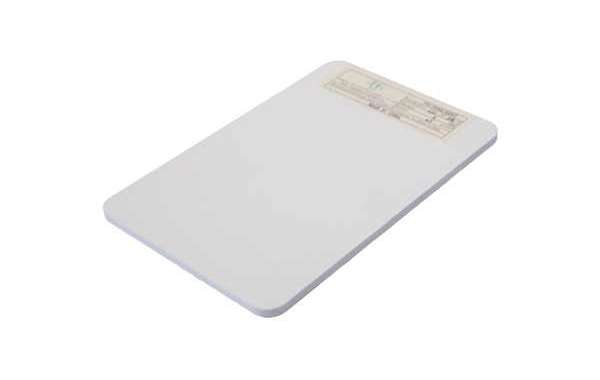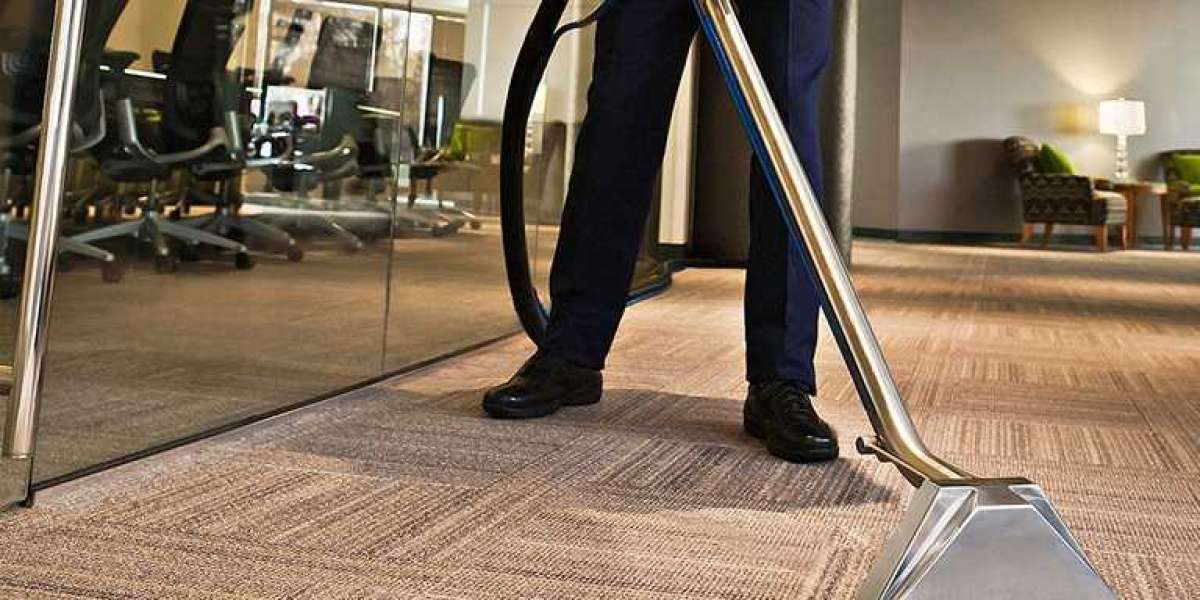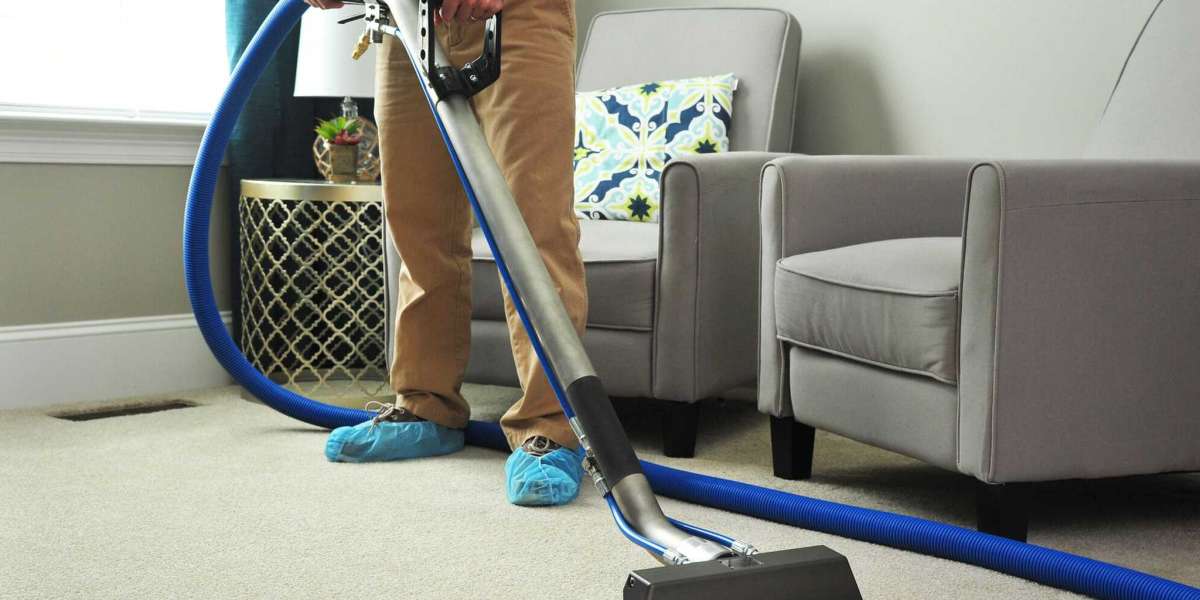In the production and application of profiled materials, thermo-photooxidation reaction occurs. Under the action of heat and pressure, polymer macromolecules are oxidized by trace moisture, acid, alkali and other impurities and air, and the molecular weight decreases and the macromolecules are oxidized. Structural changes. This kind of chemical change is called degradation, and its most intuitive manifestation is the yellowing of the surface, the gradual loss of luster, and the serious even graying. The discoloration of the profile causes customers to doubt the performance of PVC materials, and the consequences are serious.
The relationship between PVC molecular structure and color.
(1) Because PVC cabinet board resin is a kind of heat-sensitive plastic, its light stability is poor. Under the action of heat and light, the branched chain will undergo de-HCI reaction, polyene structure molecule, when the main chain has not too many conjugated double bonds. With slight chromatic aberration, hydrogen chloride will first react with the surrounding potential acid-reactive substances, and its conjugated double bond becomes a new active site in the PVC molecular chain. After being triggered by light into macromolecular free radicals, PVC is easily oxidized and produced Discoloration.
(2) There are a certain amount of low molecular weight components in the PVC resin, which reduces the thermal stability of the polymer. The decomposition mechanism of PVC includes free radical mechanism, ionic mechanism, single molecule mechanism, etc. In addition to PVC decomposing stabilizers, there are It may be affected by the quality of the PVC resin itself, such as whether there is too much residual initiator in the PVC resin.
(3) If there are certain impurities in the polymer, such as initiators, catalysts, acids, alkalis, etc. added during the polymerization process, which cannot be removed completely, or absorption of water during storage and transportation, the stability of the polymer will be reduced. Because these substances can cause molecular-ion degradation reactions, CPE contains more low-molecular substances such as Cl2 and HCl, which easily accelerate the thermal decomposition of the resin. Therefore, for poorly stable PVC CPE systems, the yellowing problem of some profiles can be eliminated by increasing the amount of stabilizer.
(4) Rigid PVC structural profile, which is a mixed system composed of multiphase polymer with PVC as continuous phase and mixture kneading heat stabilizer, light stabilizer lubricant, filler and pigment. When PVC profile is exposed to nature In the environment, once the PVC component is dehydrochlorinated, the original calcium carbonate component will be converted into a new calcium chloride component, which is dispersed in the oxidative degradation product layer and forms potential water absorption sites, which is one of the reasons for the yellowing of outdoor profiles One.
(5) In addition to temperature and stress, plastics are subjected to shear stress and tensile stress in processes such as high stirring, cold stirring, and extrusion before forming, which causes thermal degradation.
When solving chromatic aberration, a single method cannot solve the problem ideally. For example, considering the following four aspects, it is faster to solve:
(1) Lowering the processing temperature is whiter than not reducing the processing temperature;
(2) The effect of simply adding a single lead salt to the composite stabilizer is not better than adding the composite stabilizer;
(3) It is better to simply add stabilizers instead of using partial stabilizers, but also whitening masterbatch or high whiteness fillers,
The above measures will prevent the decomposition of PVC to varying degrees and reduce the color inconsistency in profile processing. The most effective way is to optimize the design from a stable system and fundamentally inhibit the conjugated polychromatic structure of PVC.
In the production practice, the self-made ultraviolet lamp tube was used for ultraviolet aging of the profile for 12 hours, and there was obvious color change. It is undoubtedly necessary to carry out the natural weather exposure and aging test on the product in time, in order to screen out the formula with excellent weather resistance from the small material.
Discoloration of profiled material
Heat, oxygen, light aging and discoloration
Many people think that to solve the problem of inconsistent color in profile processing, as long as the yellowing profile production line is reduced in processing temperature, the color difference can be reduced. However, some people believe that PVC, CPE, stabilizers, and other main and auxiliary raw materials of different batches of PVC, CPE, stabilizers, etc., will have different color differences during processing. In this case, even a single addition of a certain amount of brightener and anti-photoaging agent will not have much effect.
The main manifestation of heat, oxygen, and photo-aging discoloration is yellowing of profiles. Some stabilizer manufacturers claim that their products can reduce the number of copies and reduce costs compared with similar manufacturers when they promote their products. It is possible to produce relatively satisfactory profiles, but in the recycling of waste products and in the harsh process temperature requirements, due to its insufficient thermal stability efficiency, the damage to the molecular structure of PVC is not observable by the naked eye, so during production Some of the following situations occur:
(1) When the profile is processed, it is found that the color is not uniform (such as a slight deviation of the color is allowed);
(2) The profile is obviously yellowed after heating and deformation;
(3) The condition is good after heating, but the profiles will turn gray after a short time when they are made into doors and windows. The profile does not turn yellow in normal production, but turns yellow in the later windowed products.
In the process of profile production, when the basic conditions such as raw materials and molds are unchanged, if the temperature of the plasticization section and homogenization section is increased by about 5°C, the resulting profile will have a tendency to yellow, which also indicates that its thermal stability efficiency is insufficient , The amount of heat stabilizer should be increased, especially when the whitening aids such as fluorescent whitening agent are added to the formula, the heat stabilizer is insufficient and the whitening effect is not obvious.
Lead-sulfur pollution
After the PVC profile is exposed to rain and strong sunlight outdoors, the local surface of the profile discolors. In some cases, there is a profile on the same window where the residual raindrops are discolored more severely, and the surface color is light gray or light gray". Among other reasons In addition, the uneven dispersion of ultramarine as a light cyan coloring agent is one of the reasons. Ultramarine-aluminum silicate sulfur-containing compound is alkali-resistant and not acid-resistant. It is used in a large amount or a large amount of accumulation in PVC profiles, theoretically In other words, black lead sulfide may be formed when it reacts with sulfur-containing compounds, and the phenomenon of discoloration has appeared in many profile door and window factories. This is a noteworthy problem for profile factories that use lead salt series stabilizers while adding lower quality titanium powder and ultramarine .
Some manufacturers also reported that the profiles in contact with the rubber sealing strips also have obvious discoloration, and the discoloration extends to the surroundings. In addition to the inferior sealing strips containing easy-to-precipitate oil-like materials, the other reason is the effect of the residual sulfur and lead in the rubber sealing strips. The result of producing lead sulfide.
If you are interested in UV print pvc board, welcome to your come and purchase!








